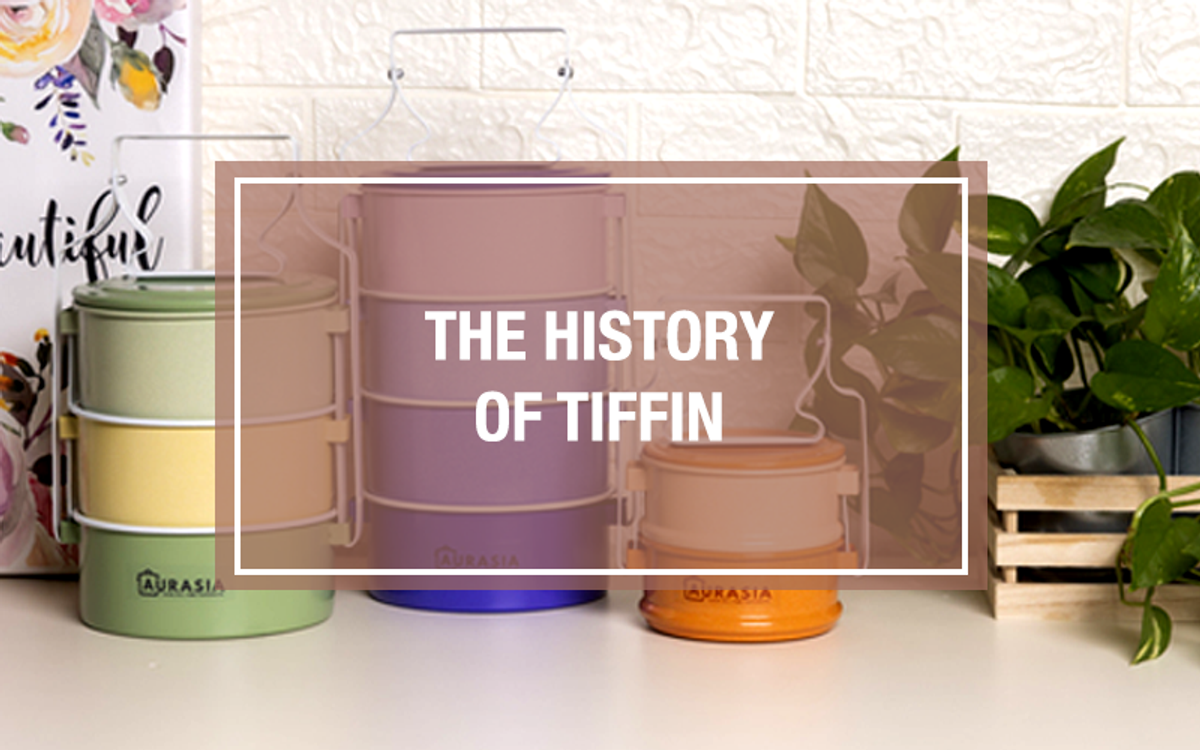
The history of Tiffin in Malaysia started about 100 years ago. At that time British traders brought tiffin to Malaya through India. Since then tiffin has been very important for the Malay, Indian and Chinese communities in Malaya to store food, usually to bring to the workplace.
Known as a teen, tiffin or mangkuk tinkgkat, it is used to keep foods such as homemade cakes, dessert or side dishes for neighbours, friends or relatives. This is symbolically enhances the bonds of friendship, brotherhood, unity, community harmony and that spirit continues until this day.
Originally tiffin was made from clay with fine artworks which resulted in very high value products. In the 1940s, tiffin with flowers theme which was produced in Japan, Hong Kong and Europe became popular in Malaya. The most expensive tiffin with flower theme at that time was made by Czechoslovakia. Nowadays, it is difficult to find such ‘rare’ tiffin. In general, tiffin has been used in Asia, traced in South Asia before India, Indonesia, Malaysia, Singapore and Thailand.
In India, tiffin has become a very popular business for the past 125 years. Home-cooked lunch by the wives will be packed into tiffin and delivered to their husband using a delivery service known as ‘dabbawala’. The uniqueness of the ‘dabbawala’ service is still available until today.
Our society today should retain the tiffin’s legacy for future generations and preserve the values of this heritage that have been around for ages.





